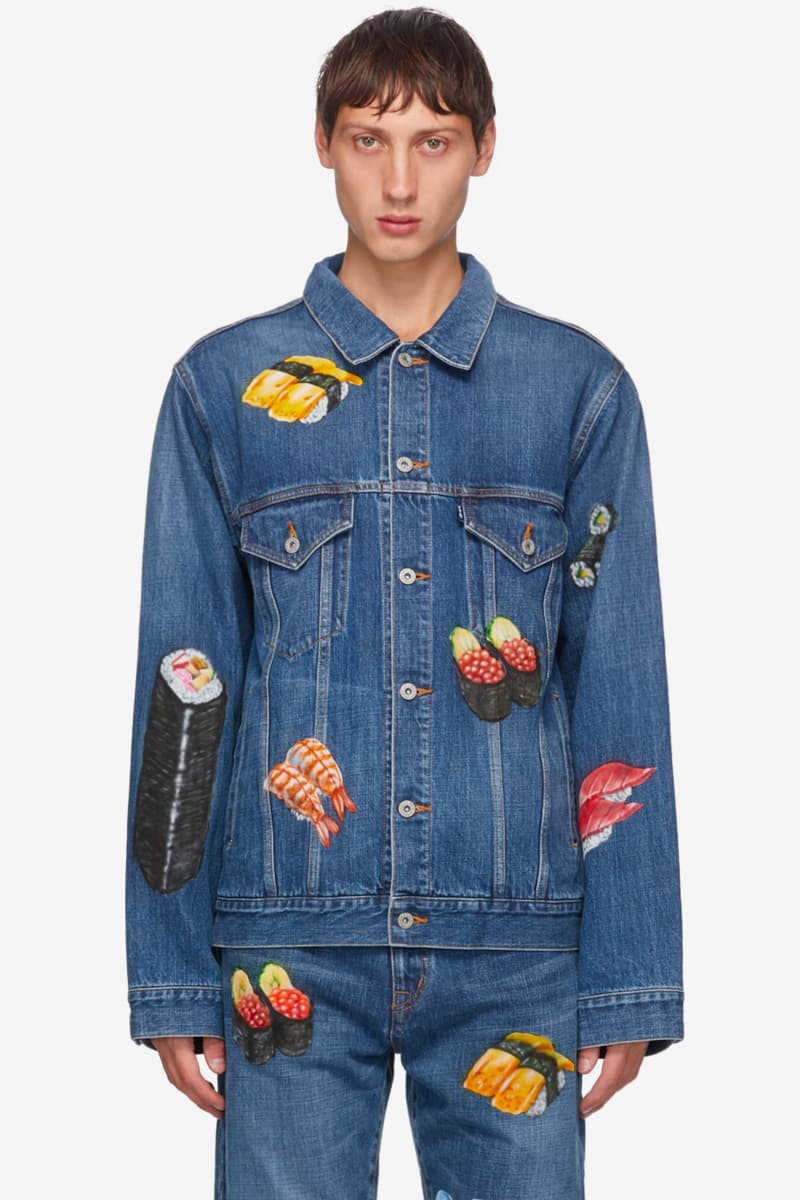The goal of advertising is to get attention from targets and make them want to get the products (Armstrong et al., 2006). Also, Doublet, which is a Japanese fashion brand, effectively uses visual advertising. People can know the brand concept by seeing the fashion show video. Doublet has many clothes that are based on inspiration from food, so the show was held in the greenhouse.

Also, Doublet used models with the same hairstyle and the same faces, made by virtual face masks. All the models have different bodies, even if they have the same face. The narrative of this show is “all humans have their individuality”. They tell the narrative which is the thing consumers need for the brand through the fashion show and clothes. Also, using the same facial model again would surprise people and gain greater attention. The buzz can get people’s attention and emotionally engage consumers with the accompanying storytelling.

Were the brand included in a magazine such as HYPEBEAST, a possible narrative of the photoshoot could be the scene of breakfast that fits with Doublet’s food concept. On the editorial part of magazines, the brand can expand the worldview.
Hence, Doublet is successful for the uniqueness of the clothes and how they promote the brand by using advertising and editorial skills.
References
Armstrong, J., Ivas, L., & Armstrong, W. (2006) ‘The Evolution of the Fashion Image’ in From Pencil to Pen Tool: Understanding and Creating the Digital Fashion Image. London: Fairchild Publications, pp. 1-30.